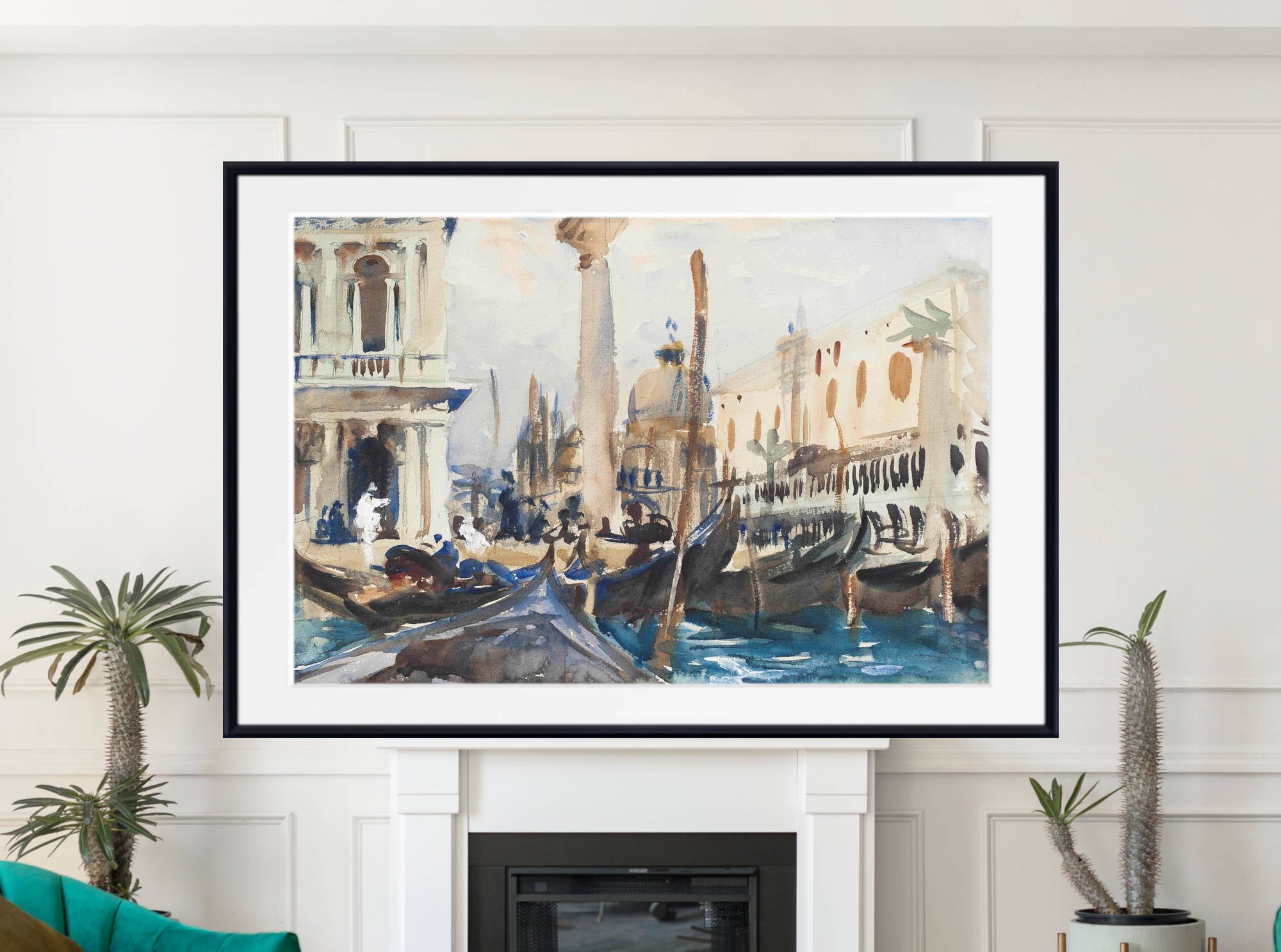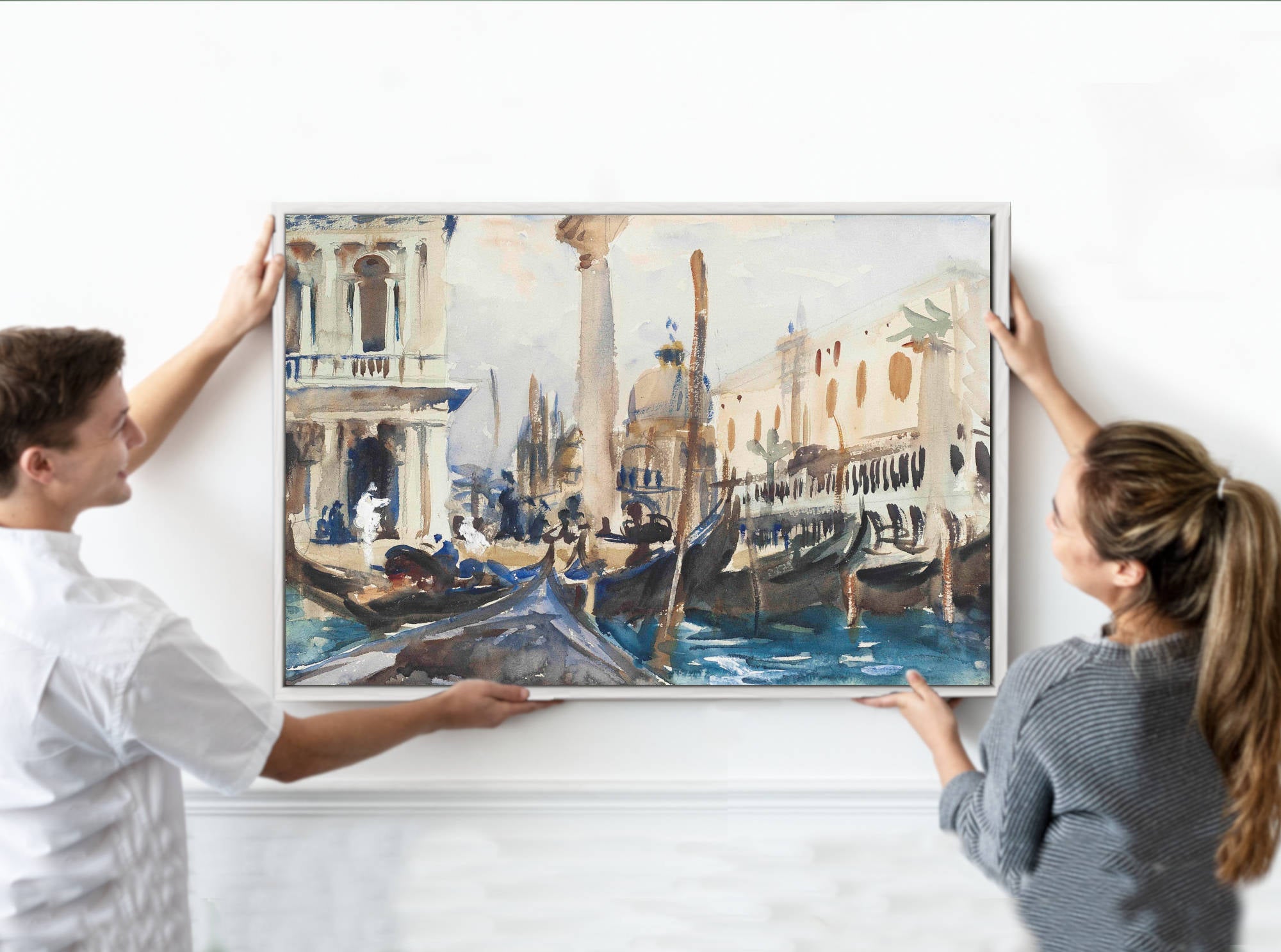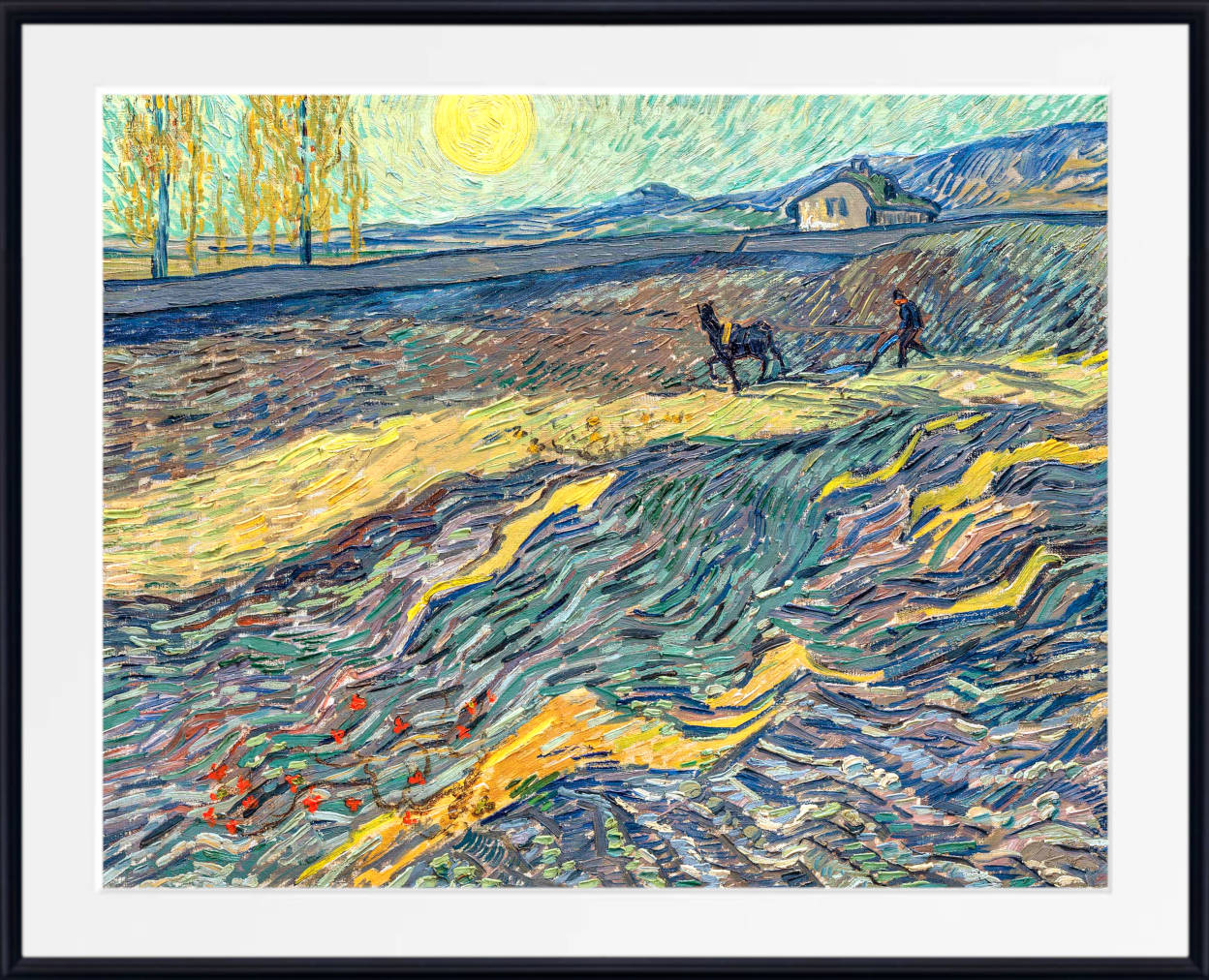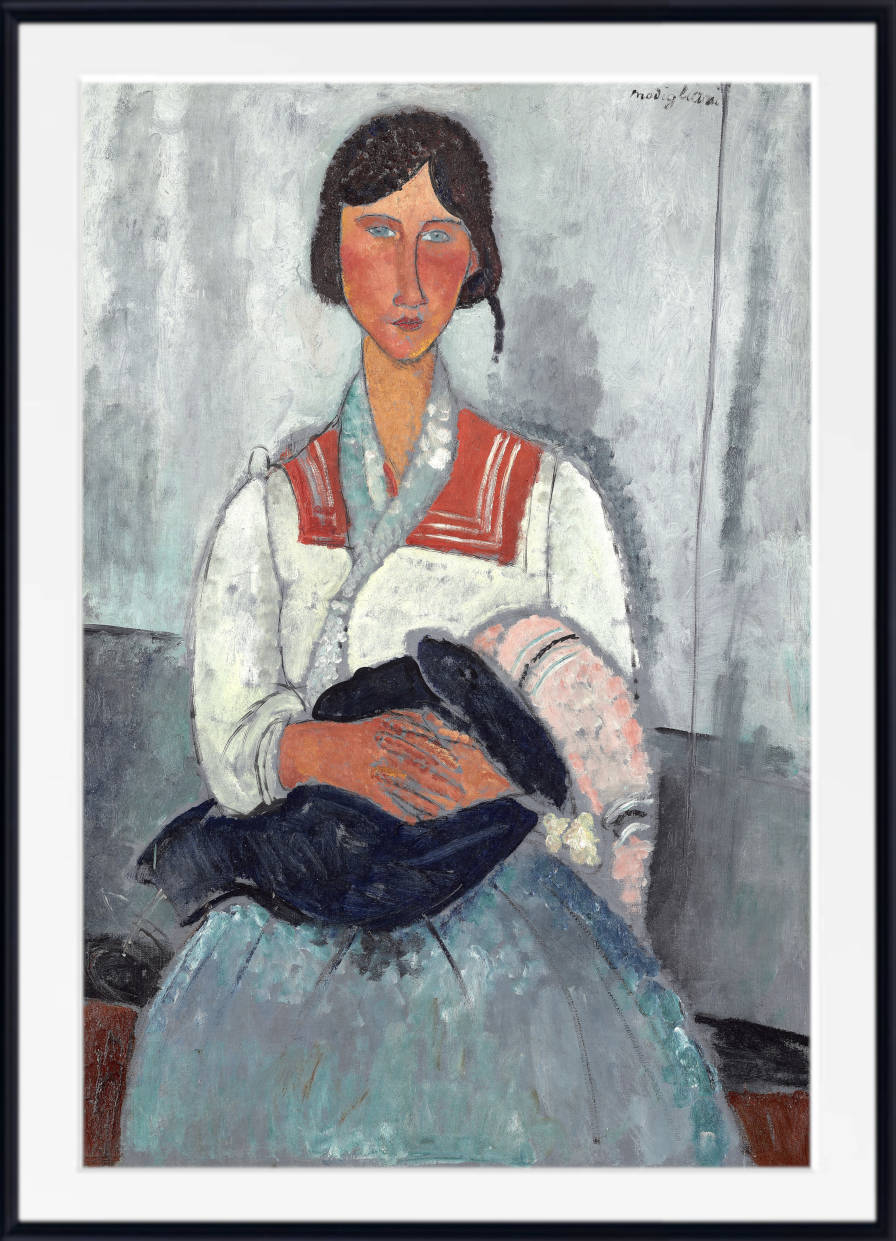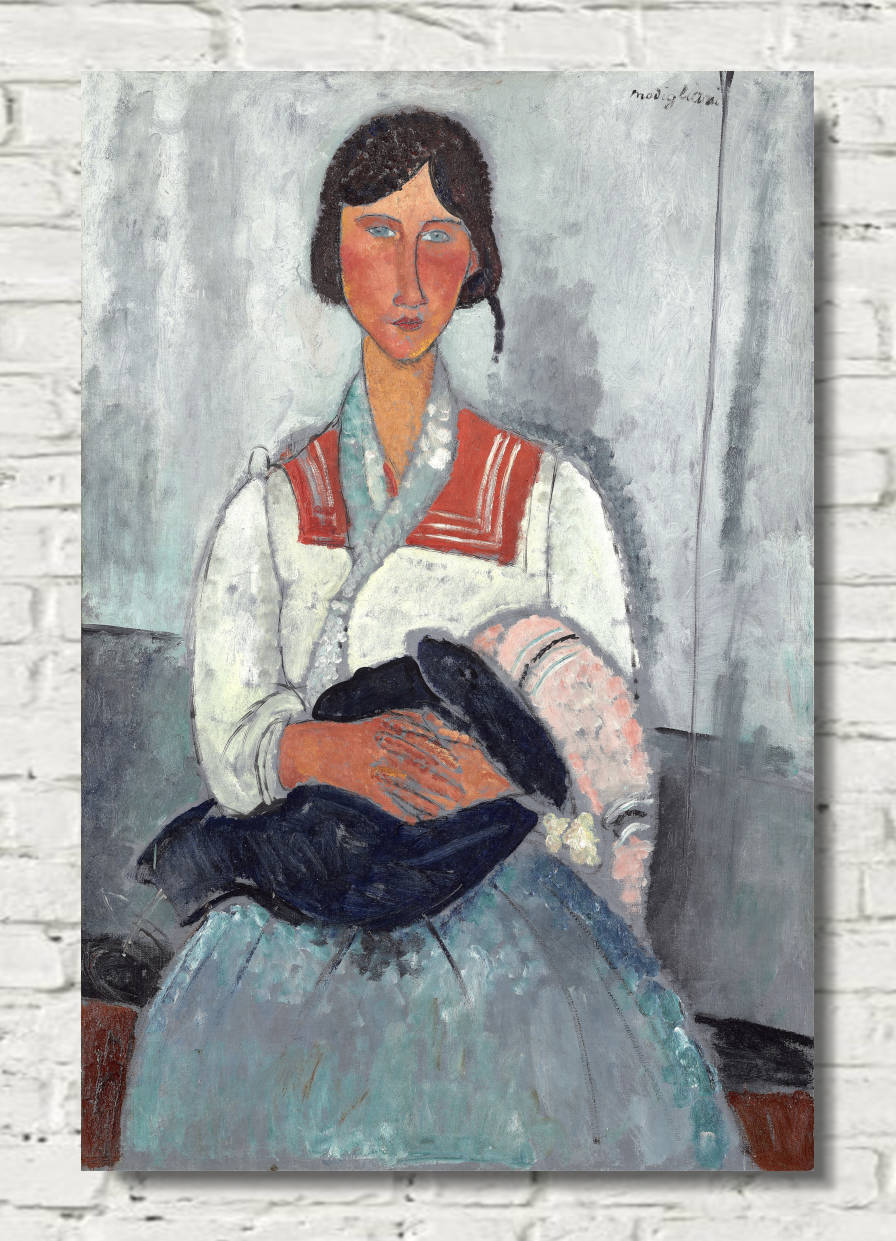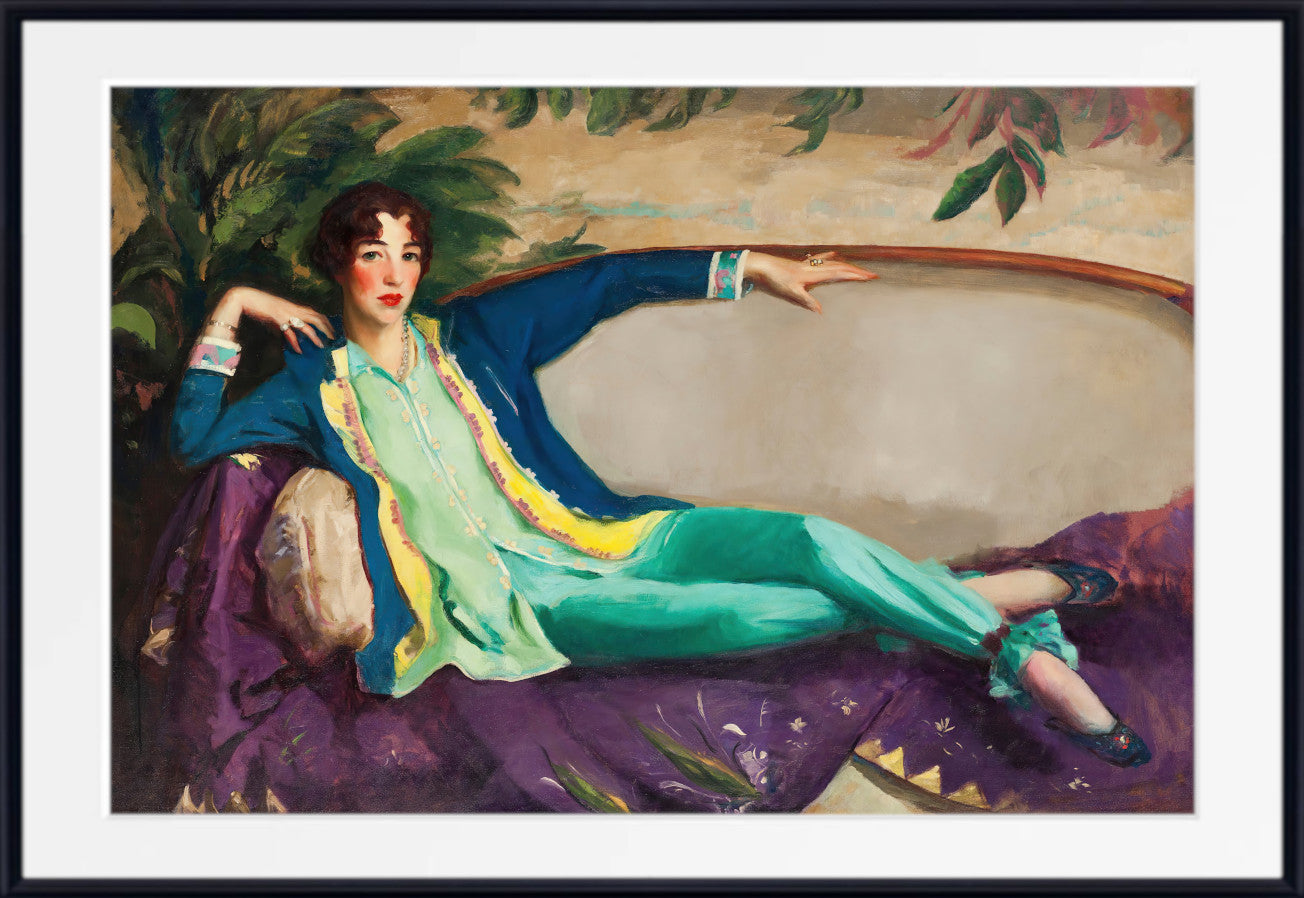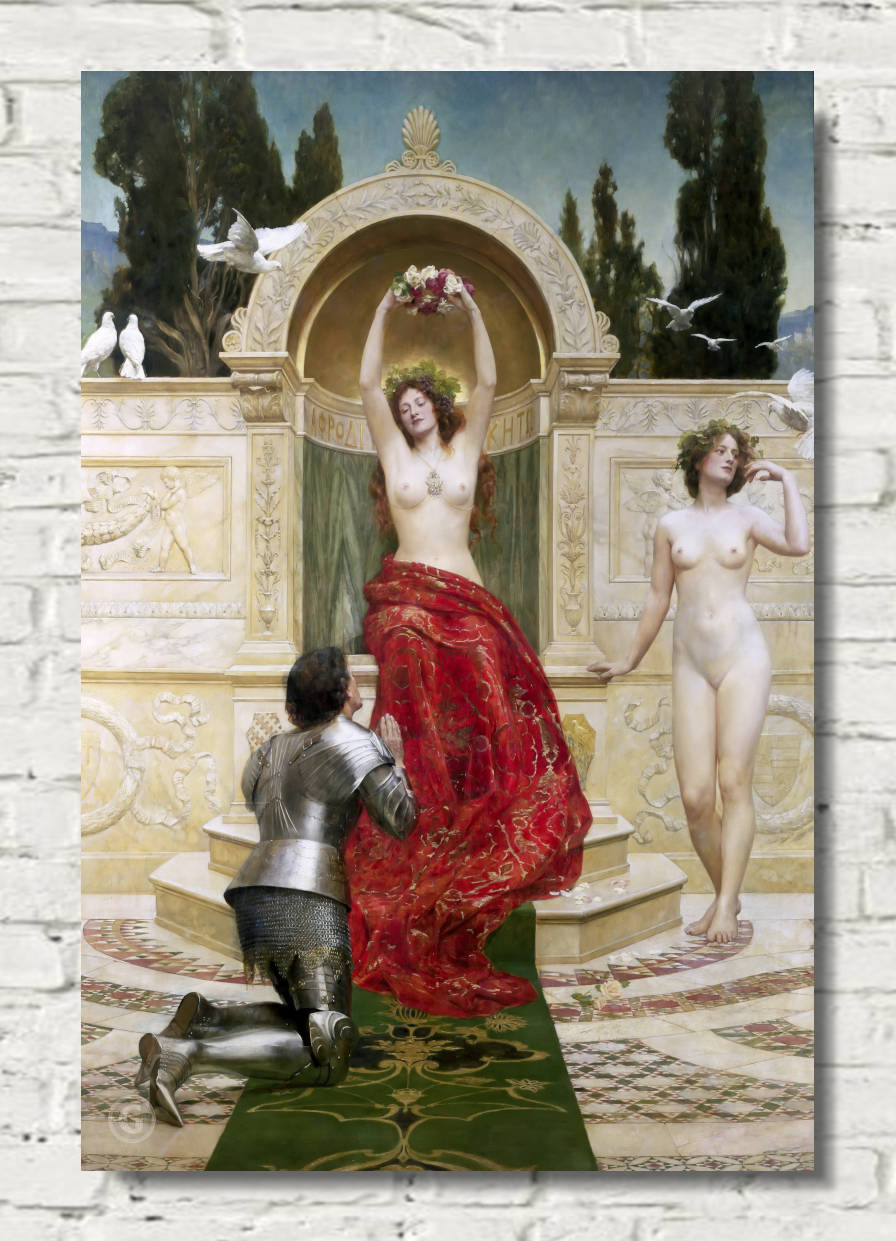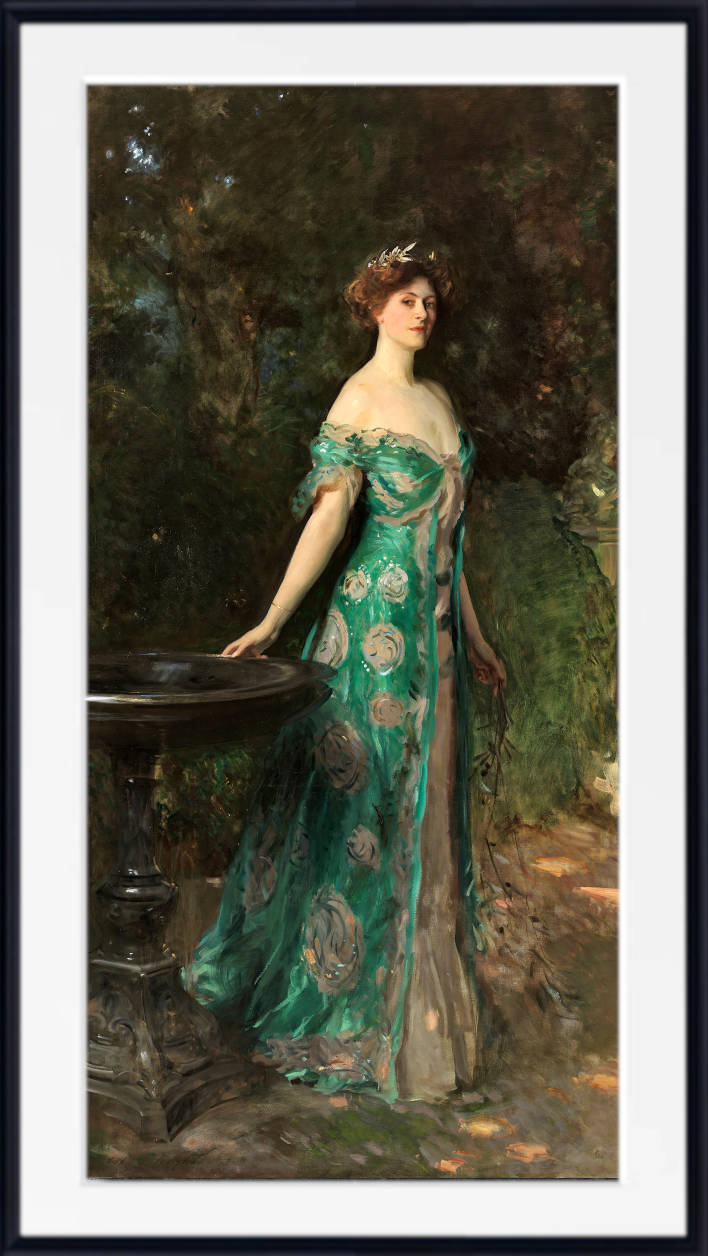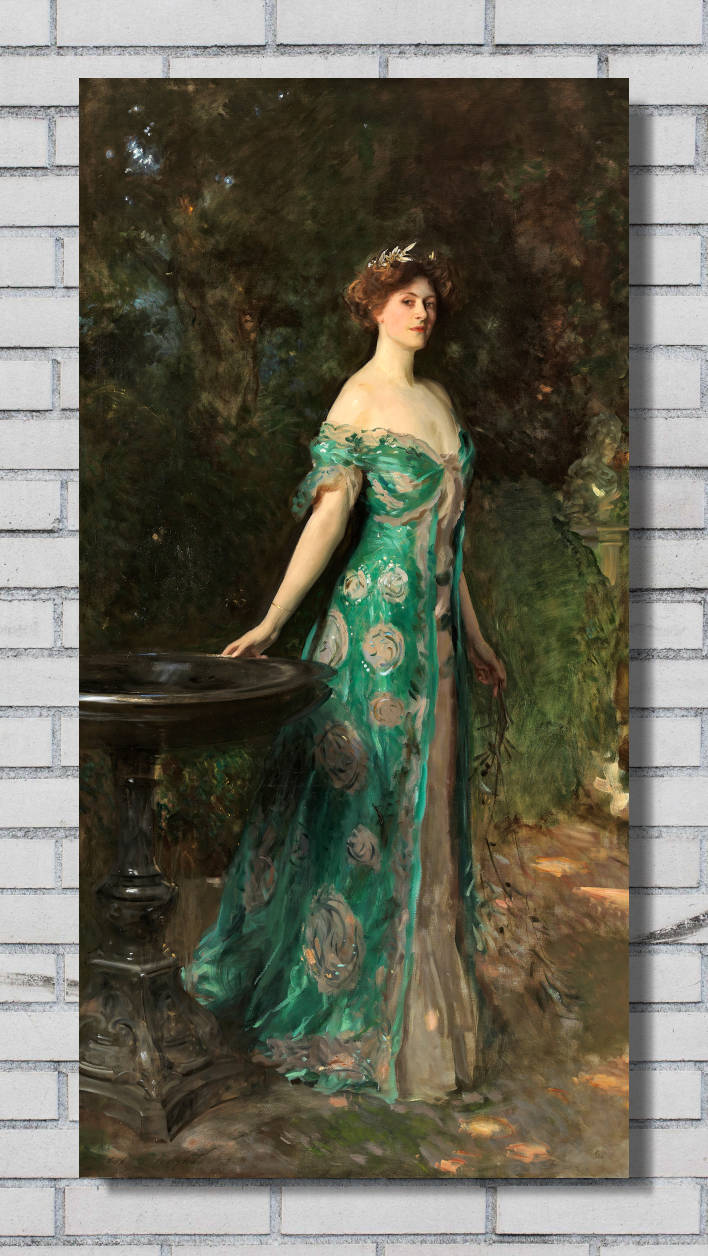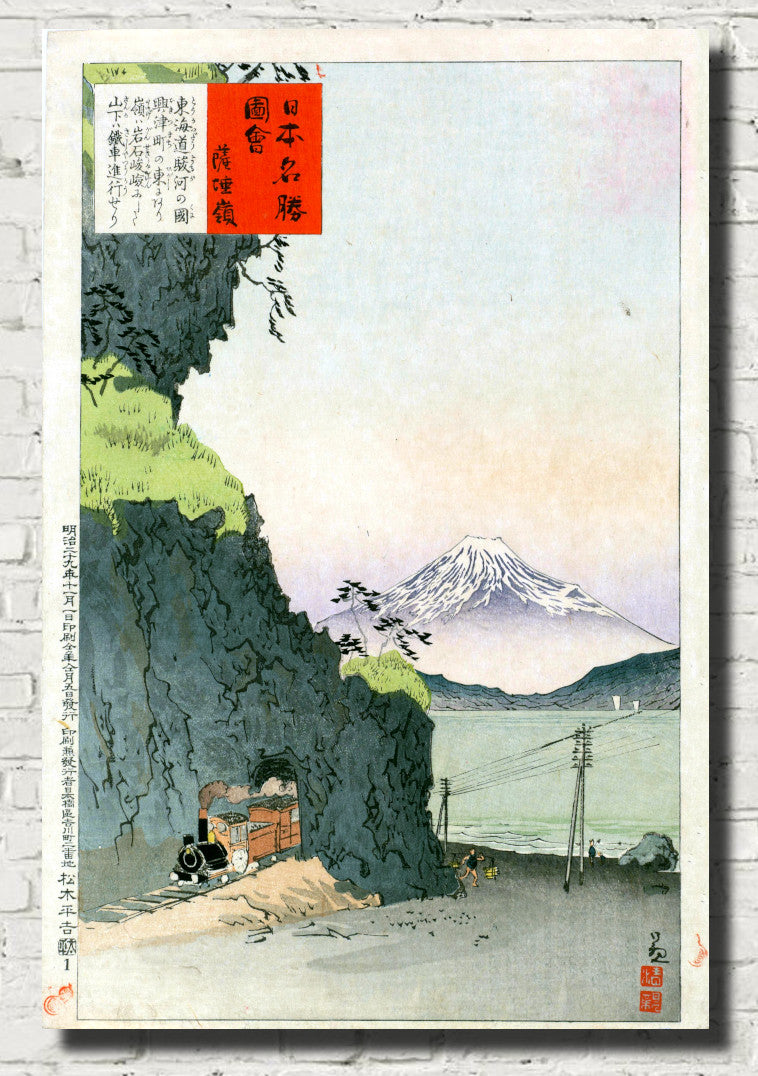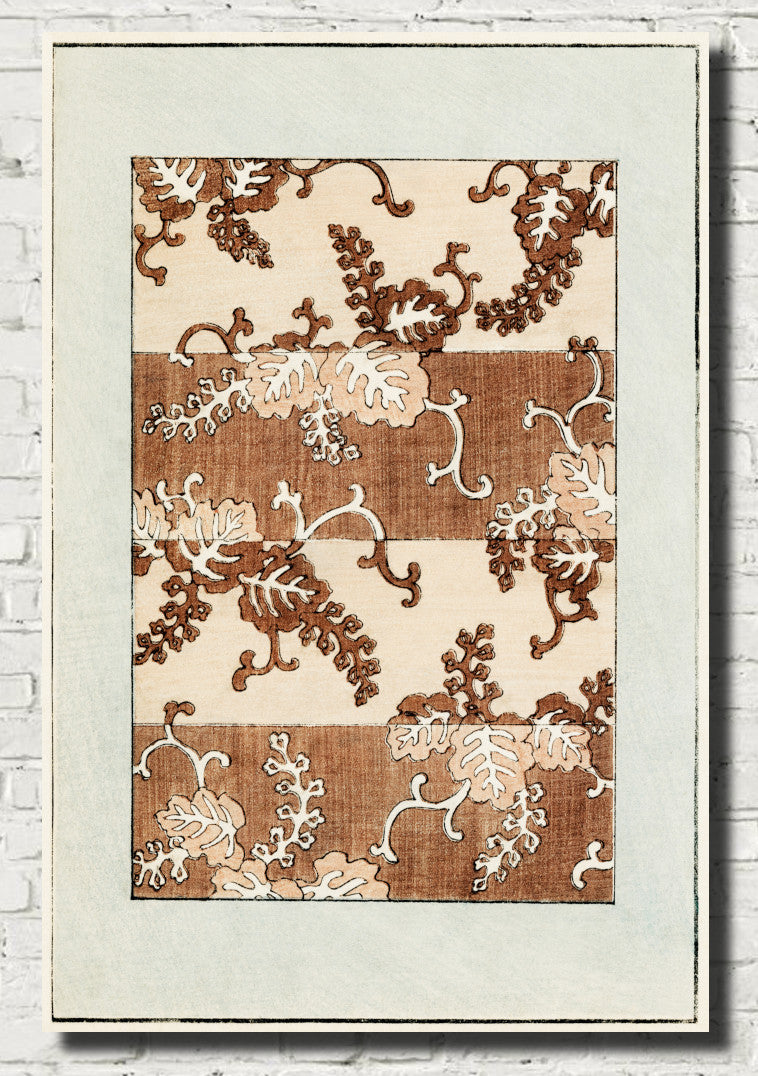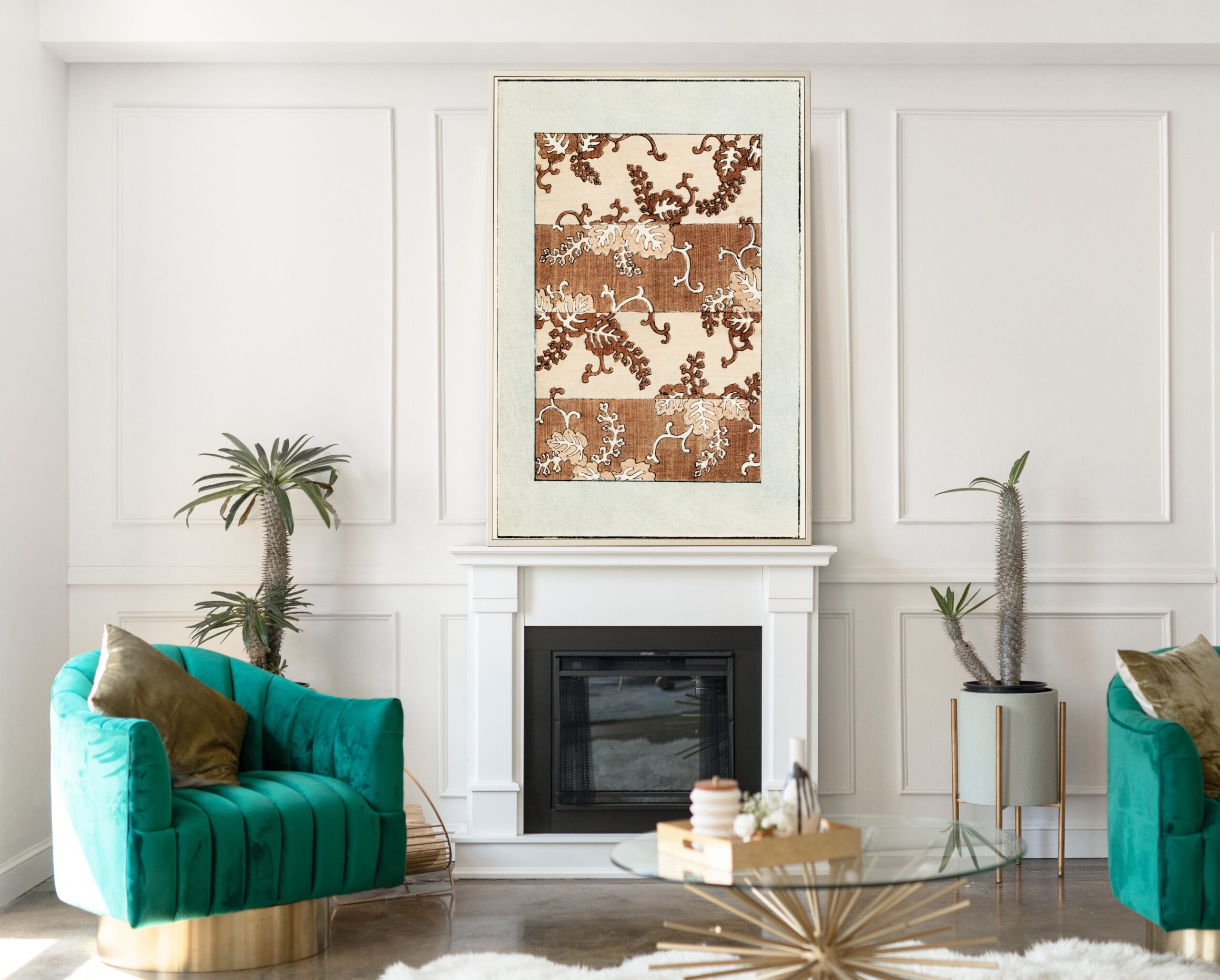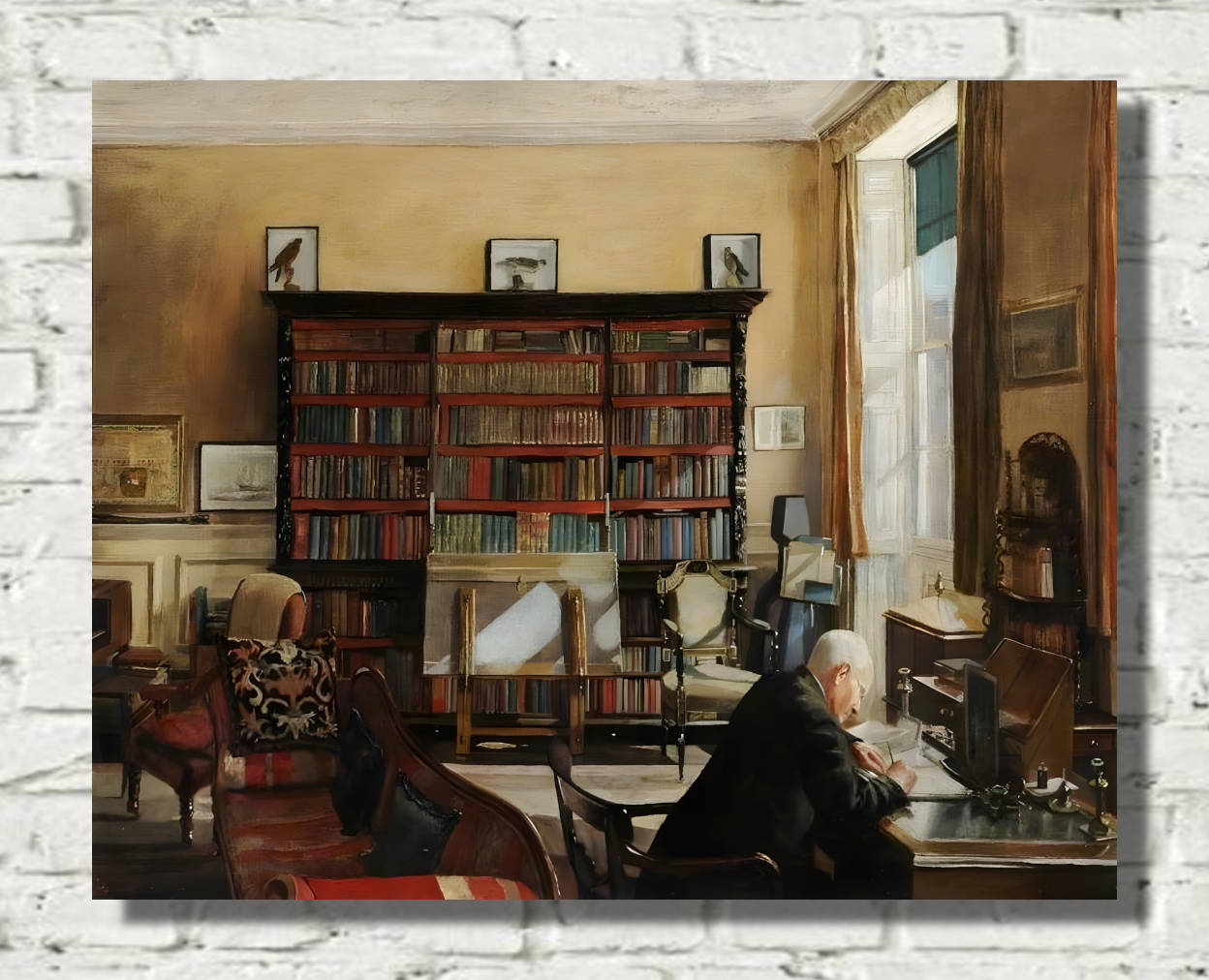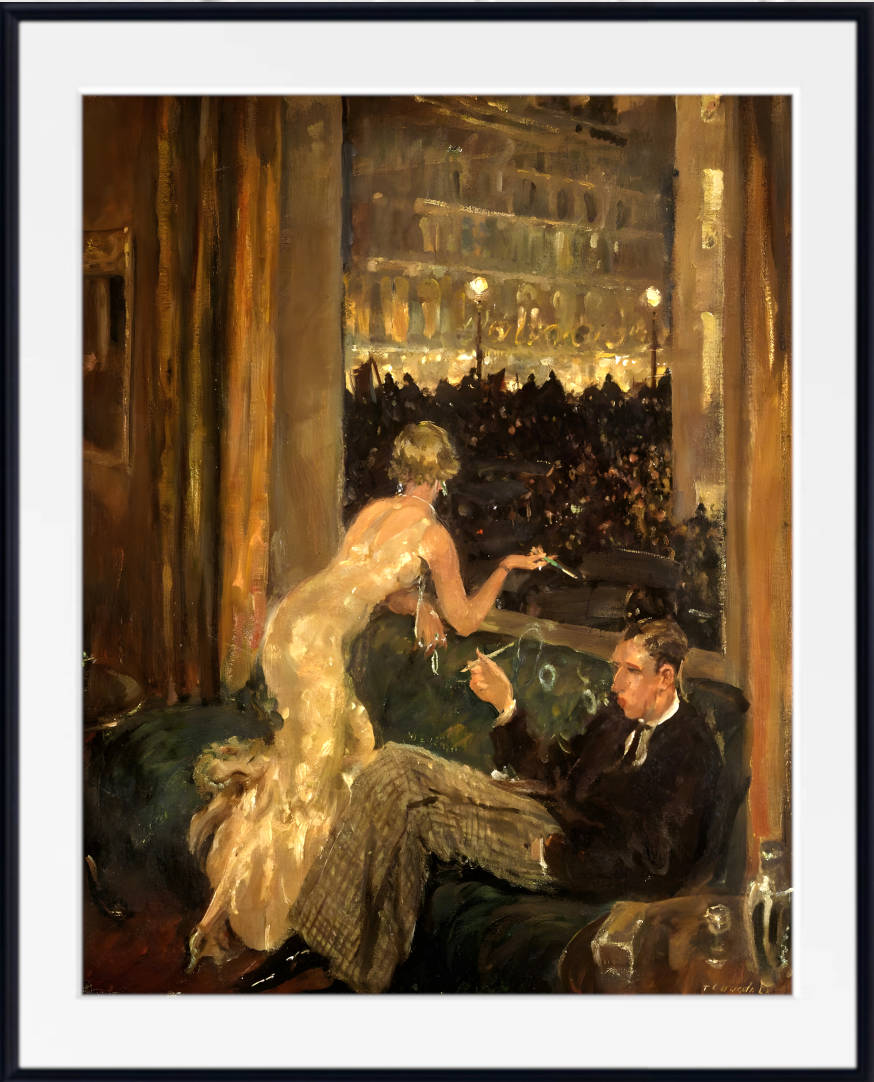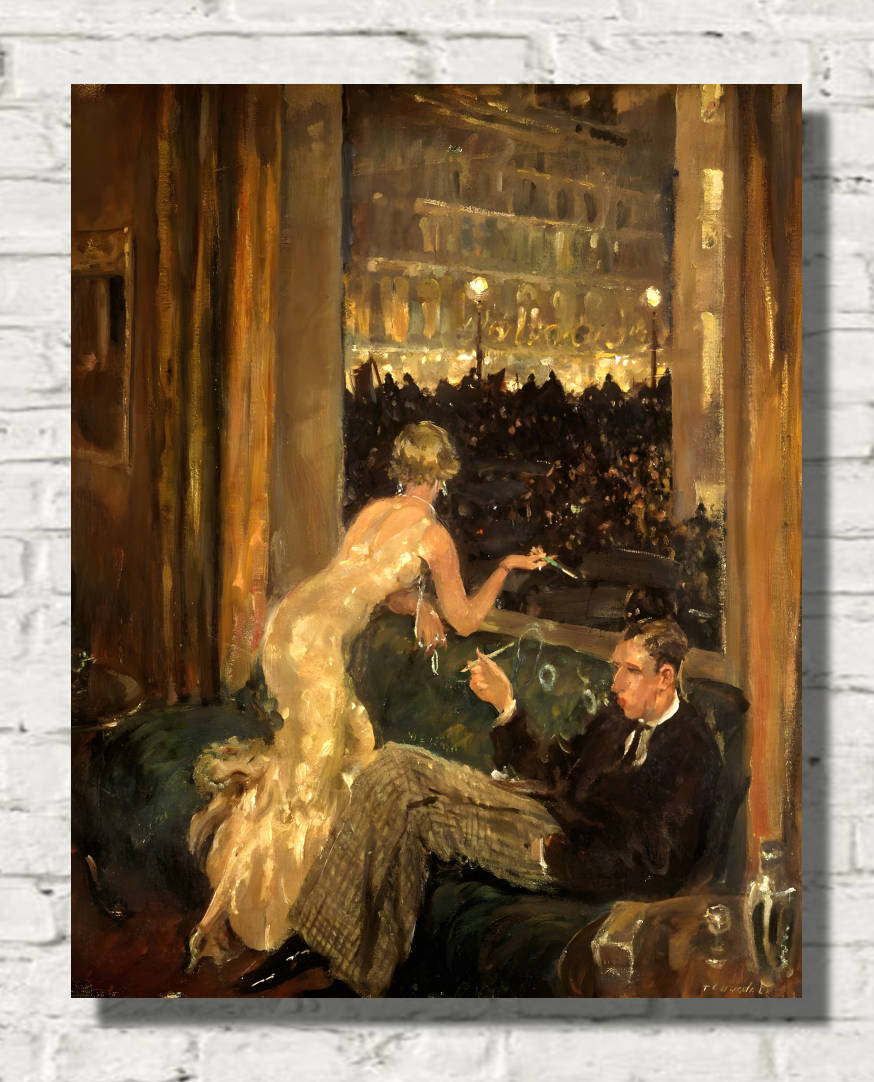John Singer Sargent Print, The Piazzetta with Gondolas (c 1902)
John Singer Sargent Print, The Piazzetta with Gondolas (c 1902)
The Piazzetta with Gondolas (c 1902)
John Singer Sargent’s painting “The Piazzetta with Gondolas,” created around 1902, captures a vibrant scene of Venetian life, showcasing the artist’s exceptional ability to convey light, color, and atmosphere. This work exemplifies Sargent’s fascination with Venice, a city that inspired numerous artists with its enchanting canals and unique architecture.
The composition features a picturesque view of the Piazzetta, a public square adjacent to St. Mark’s Basilica, framed by the iconic architecture of the Doge’s Palace and the majestic columns of San Marco. Sargent’s use of light is particularly striking; sunlight reflects off the water, casting a shimmering glow that animates the scene. The gondolas, elegantly floating on the water, are depicted with fluid brushstrokes that convey both movement and grace. The artist’s deft handling of color brings vibrancy to the figures of tourists and locals, emphasizing the lively atmosphere of the square.
Sargent’s style in this painting reflects his mastery of Impressionism, where he prioritizes the effects of light and shadow over precise detail. The soft focus and loose brushwork invite viewers to experience the immediacy of the moment, capturing the fleeting beauty of a sunny day in Venice. The juxtaposition of the warm, sunlit architecture against the cool blue of the water enhances the painting’s depth and visual appeal.
Moreover, “The Piazzetta with Gondolas” serves as a testament to Sargent’s ability to transcend mere representation. He invites viewers into a dynamic interaction of color and light, drawing them into the essence of Venetian life. This work not only showcases Sargent’s technical prowess but also his deep appreciation for the beauty and spirit of one of the world’s most iconic cities.
John Singer Sargent – The Artist
John Singer Sargent (January 12, 1856 – April 14, 1925) was an American expatriate artist, considered the “leading portrait painter of his generation” for his evocations of Edwardian-era luxury. He created roughly 900 oil paintings and more than 2,000 watercolors, as well as countless sketches and charcoal drawings. His oeuvre documents worldwide travel, from Venice to the Tyrol, Corfu, the Middle East, Montana, Maine, and Florida.
He was born in Florence to American parents, and trained in Paris before moving to London, living most of his life in Europe. He enjoyed international acclaim as a portrait painter. An early submission to the Paris Salon in the 1880s, his Portrait of Madame X, was intended to consolidate his position as a society painter in Paris, but instead resulted in scandal. During the next year following the scandal, Sargent departed for England where he continued a successful career as a portrait artist.
From the beginning, Sargent’s work is characterized by remarkable technical facility, particularly in his ability to draw with a brush, which in later years inspired admiration as well as criticism for a supposed superficiality. His commissioned works were consistent with the grand manner of portraiture, while his informal studies and landscape paintings displayed a familiarity with Impressionism. In later life Sargent expressed ambivalence about the restrictions of formal portrait work, and devoted much of his energy to mural painting and working en plein air. Art historians generally ignored artists who painted Royalty and “Society” – such as Sargent – until the late 20th century
All prints are made using archival art stocks and UV pigment inks to give up to 200 years life. Prints are sold unframed and unmounted.


